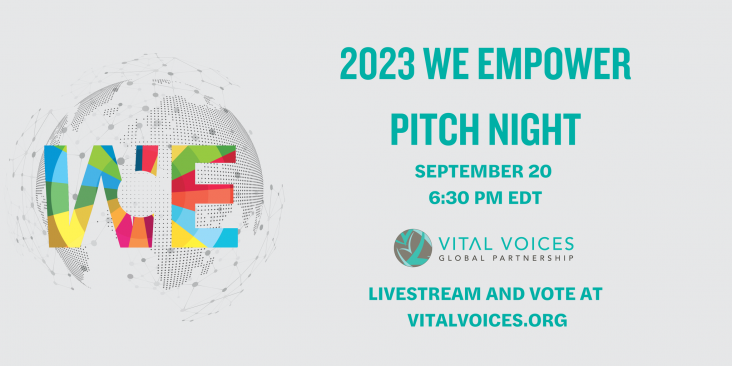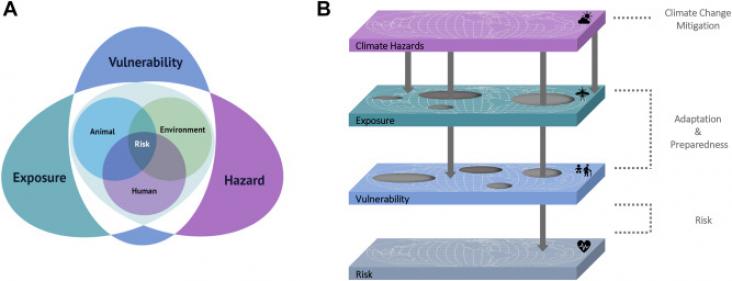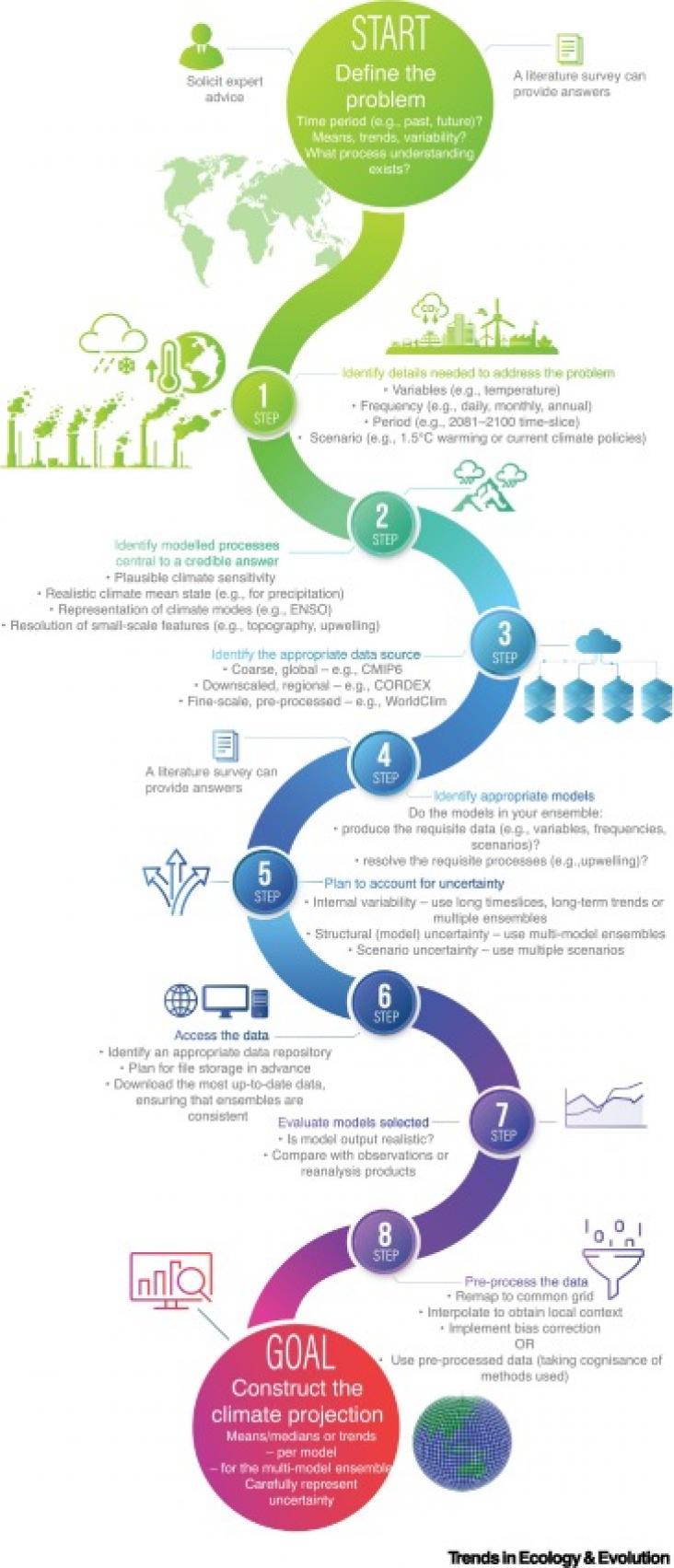UN's Summit of the Future 2024: Paving the Path for SDG Resources
Wetzel's Limnology (Fourth Edition): Lake and River Ecosystems - Chapter 26: Shallow Lakes and Ponds
Wetzel's Limnology, Fourth Edition: Lake and River Ecosystems, 2024, pp 859-892

WE Empower Pitch Night, hosted by Diane von Furstenberg, will be a dynamic evening event bringing together top business leaders, the media and other key influencers to participate in an innovative

As we enter the ninth year since the adoption of the UN Sustainable Development Goals (SDGs) in 2015, the pressing need to meet these ambitious objectives becomes ever more evident.


